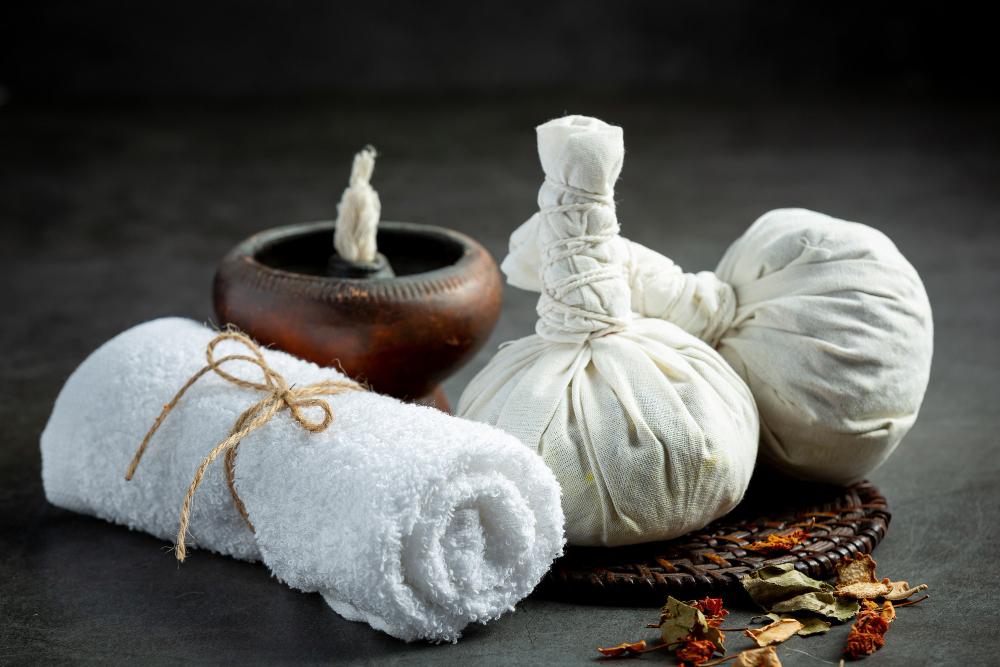Introduction to Diabetes and Ayurveda
Diabetes is a common health problem worldwide. It causes high blood sugar levels and can lead to serious health issues. Many people look for natural remedies for diabetes. Ayurveda, an ancient Indian system of medicine, offers unique ways to manage diabetes. Panchakarma Therapy for Diabetes is one such Ayurvedic approach. It aims to balance the body and help control blood sugar.
What is Panchakarma Therapy?
Panchakarma means “five actions” in Sanskrit. It is a set of cleansing treatments in Ayurveda. These treatments remove toxins from the body. As a result, the body can heal and function better. Panchakarma uses natural oils, herbs, and special diets. It is always done under the guidance of a trained Ayurvedic doctor.
How Panchakarma Helps Manage Diabetes
Ayurvedic diabetes management focuses on balancing the body’s energies. According to Ayurveda, diabetes is linked to an imbalance in “Kapha” and “Pitta” doshas. Panchakarma helps remove toxins and restore this balance. Because of this, it may support better blood sugar control. Some studies suggest that Panchakarma can improve metabolism and insulin sensitivity. However, it should not replace standard diabetes care.
Key Panchakarma Procedures for Diabetes
Several Panchakarma procedures are used for diabetes management. Each has a specific role in cleansing and healing the body. For example, Virechana helps remove excess “Pitta” and toxins from the liver and intestines. Basti uses herbal oils or decoctions to cleanse the colon and support digestion. Nasya may help clear toxins from the head and neck area.
These therapies are always tailored to each person’s needs.
Benefits and Limitations
Panchakarma for blood sugar control offers several benefits. It uses natural remedies for diabetes and focuses on the root cause. Many people report feeling lighter and more energetic after treatment. In addition, Panchakarma may help reduce stress, which can affect blood sugar.
However, Panchakarma is not a cure for diabetes. It should be used along with standard medical care. Some people may not be suitable for these therapies, especially those with severe health problems.
Lifestyle and Dietary Guidance in Ayurveda
Ayurvedic diabetes management also includes lifestyle and diet changes. These are important for long-term blood sugar control. For instance, Ayurveda recommends eating fresh, whole foods and avoiding processed items. Regular exercise, yoga, and meditation can also help.
These habits support the effects of Panchakarma and help maintain healthy blood sugar levels.
Safety, Precautions, and Contraindications
Panchakarma therapy should always be done under expert supervision. Not everyone is a good candidate for these treatments. For example, people with severe heart disease, pregnancy, or certain infections should avoid Panchakarma. Before starting, a full health check is needed. Always inform your doctor about any other medicines you take.
Safety comes first, so follow all instructions carefully.
Scientific Evidence and Reliable Sources
Some research supports the use of Panchakarma for diabetes management. For example, studies in peer-reviewed journals show that Panchakarma may help improve blood sugar and reduce insulin resistance. However, more large-scale studies are needed. The World Health Organization (WHO) and the Centers for Disease Control and Prevention (CDC) recommend using traditional therapies as a complement, not a replacement, for standard care. Always rely on trusted sources for health information.
Conclusion and Call-to-Action
Panchakarma Therapy for Diabetes offers a natural way to support blood sugar control. It works best when combined with healthy habits and regular medical care. If you are interested in Ayurvedic diabetes management, consult a qualified Ayurvedic specialist for personalized diabetes management advice.

